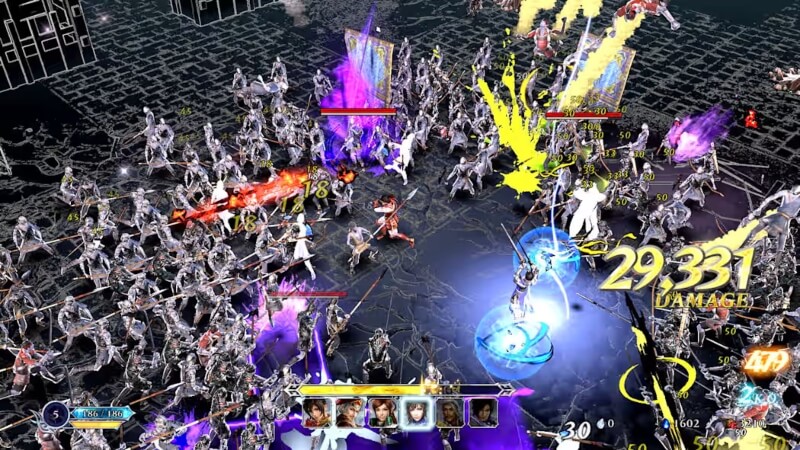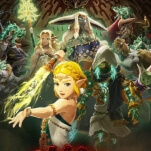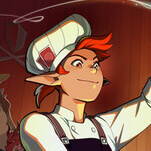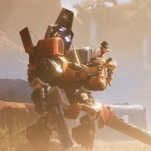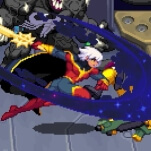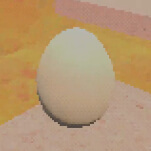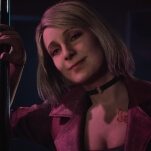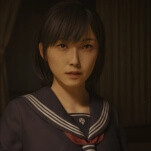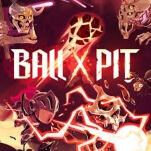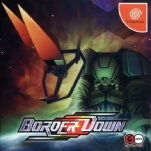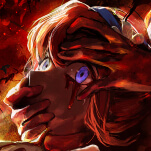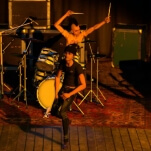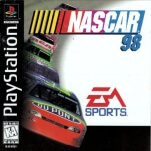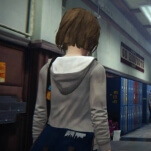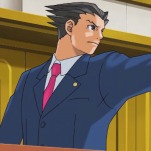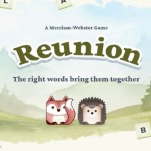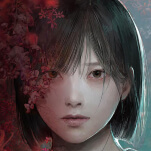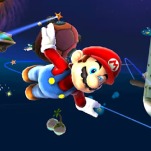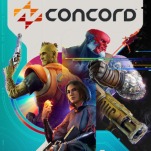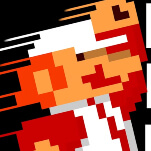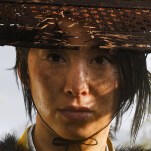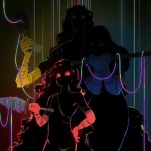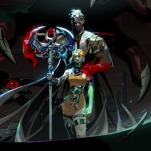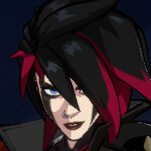2025 Is the Year of the Musou Game
Main image: Hyrule Warriors: Age of Imprisonment
Musou games are something special, despite often being derided as just a button mashing waste of time by people who don’t understand combos or timing or the thrill of building up a special attack meter until you can somehow wipe out just, like, hundreds of dudes at once, if not more. Or who don’t understand how flexible this concept is: Koei Tecmo started out using it for Dynasty Warriors games beginning with Dynasty Warriors 2—it’s easy to forget now, but the series began as a fighting game, not large-scale action RPGs where entire armies clashed—but has since moved it to franchise after franchise as studios wanted in on the action. Nintendo and Namco Bandai have gotten the most fun out of this particular partnership, as the former has worked with Koei Tecmo on Fire Emblem and The Legend of Zelda spin-offs that turned into spin-off series, while the latter put forth licensed properties like Gundam and One Piece. They aren’t alone, though: Atlus, Square Enix, and DMM Games have all gotten in on the Musou action, too.
We should have more spin-offs of established series getting their crack at being Musoufied, really. Where’s our Kirby Warriors game, where the little pink puffball inhales 700 dudes at once and then spits them out at another 700 dudes? How is there not a Dissidia Final Fantasy Warriors yet? Falcom and Koei Tecmo, we need Warriors of Ys, and we need it now.
While we wait for someone to heed all of my ideas for games that will sell one million copies or more, though, we’ve got plenty of Musou to go around. Did you know that there have been three Warriors games released by Koei Tecmo in 2025? Three! What a bounty. Some years you don’t even get one. Maybe if you’re lucky, there could be two. But three? Now that’s living. In January, Koei Tecmo released Dynasty Warriors: Origins on Playstation 5, Xbox Series S|X, and Windows (and it’ll show up on Switch 2 early next year, as well). It rules. The combat is peak Warriors, both in terms of scale and snappiness, and the story is focused through one character, The Wanderer, who interacts with all of the Romance of the Three Kingdoms characters you already know and love. They are all here, too, of course, in what is a reboot of the series spinning the 700-year-old yarn in yet another way. As I wrote back in January for this very website:
Origins manages to be simultaneously bigger and smaller than its predecessors, with the former owing to the hardware jump that allowed for thousands upon thousands of enemy soldiers and dozens of enemy officers all to be battling at once, and the latter due to both cutting the scope of the game down while widening the possibility for how much more personal it could be. It’s difficult not to see the influence of the tightly designed, critically lauded crossovers Koei Tecmo has spent the last decade on playing a part in that scope and design; combined with Omega Team’s penchant for going big in combat, and it’s easy to see how Origins ended up a winner.
Literally thousands of soldiers on screen at once in that one, which is why there was no Switch release—there was just zero chance the game would have run on Nintendo’s previous hybrid console, and the focus on scale was so vital to the end product that scaling it back would have resulted in a completely different game and experience. It was not just different from previous Dynasty Warriors titles, but because of the scope and the singular character focus and the emphasis on weapons over playing as a slew of literary characters, it was different from the rest of the Musou games just generally.
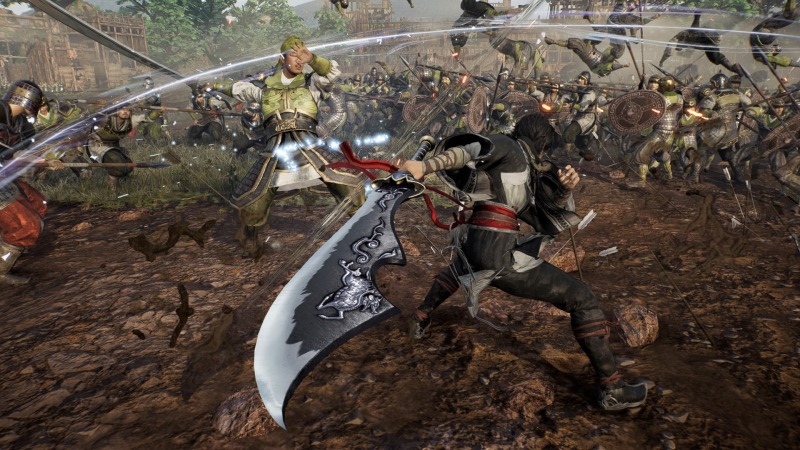
Dynasty Warriors: Origins
A month later, Koei Tecmo went in an even more significantly different direction for the series: Warriors: Abyss. They have never been shy about throwing these characters into other genres—again, the first entry was a fighting game, then they converted into hack and slash/action role-playing games, but they have also dabbled in MMORPGs, tactical role-playing titles, rail shooters, a mahjong spin-off, and now, with Warriors: Abyss, a roguelike as well.
-

-

-

-

-

-

-

-

-

-

-

-

-

-

-

-

-

-

-

-

-

-

-

-

-

-

-

-

-

-

-

-

-

-

-

-

-

-

-

-

